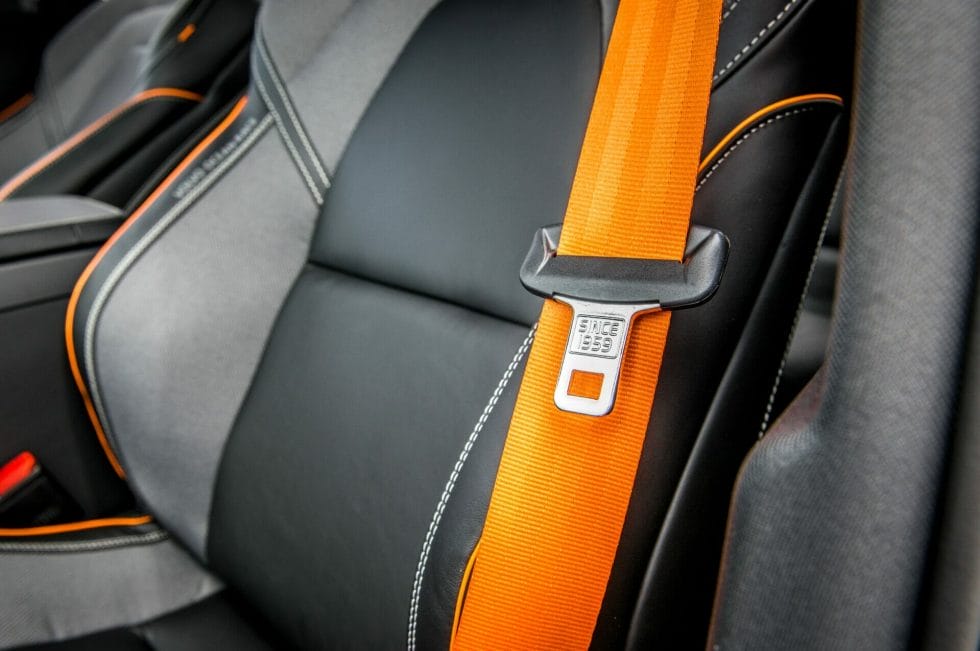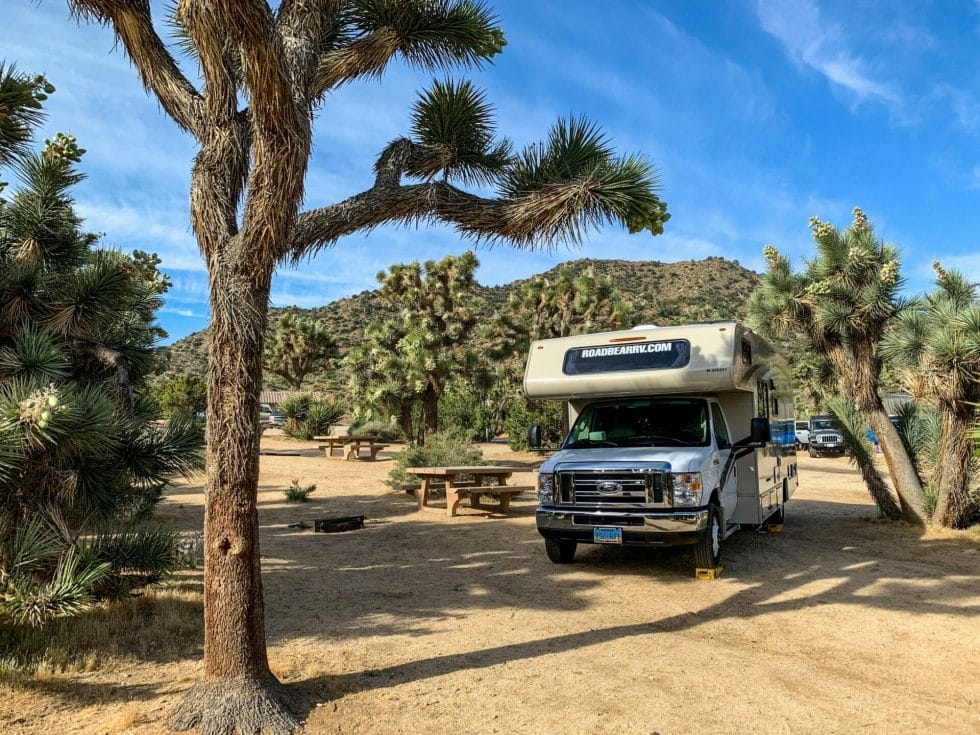You’re all packed and ready for your big road trip. You’ve got your snacks, your comfy clothes, and your favourite music. You’re ready to hit the open road in your brand new 4-berth motorhome… but wait. Why only two seat belts?
If you’re like most people, you’ve probably wondered why do 4 berth motorhomes only have 2 seat belts. After all, if the motorhome is designed to sleep four people, shouldn’t it have four seat belts?
Let’s find out
So, Why Do 4 Berth Motorhome Only Have 2 Seat Belts?
The answer may surprise you. In many cases, it’s simply because the extra seat belts are not required by law. However, there are also some practical reasons for this decision.
For example, four-berth motorhomes are typically smaller and narrower than larger models, making it difficult to install additional seat belts.
Additionally, many people choose to use the extra space for storage, rather than seating. Ultimately, the decision of how many seat belts to include in a motorhome is a matter of personal preference.
While some RVers prefer the convenience of having extra seat belts, others find that they aren’t necessary and prefer the additional space and flexibility that they provide.
Learn More: How To Get Rid of Ants From Caravan?

Regulation
If you own a motorhome that was manufactured before 1 October 1988, there are a few things you need to know about seat belts. First of all, the driver and front passenger must have a three-point seat belt. This means that the lap belt must be fastened as well as the shoulder strap.
If you have rear-seat passengers, they are not required by law to wear a seat belt. However, there are certain circumstances where not wearing a seat belt could still be considered an offence.
For example, if the motorhome is being driven at high speed, rear passengers should be wearing seat belts for their safety. So, while it’s not technically against the law if they don’t have one, it’s always best to err on the side of caution.
All motorhomes made after 1 October 1988 have seat belts for the driver and all forward-facing passengers. The seat belts in the front of the car must have three points of contact; other seat belts can have two or three points of contact. Wearing a seat belt significantly reduces the risk of serious injury or death, so all passengers must be properly restrained.
But once again the motor house made after 20 October 2007 in the UK all designated travel seats must have their seat belts. All seat belts in the front of vehicles must be three-point; other types of seat belts can be either two- or three-point.
Seats that do not face the front of the car cannot be used as travel seats, and it is not recommended that seat belts are used in these instances.

Benefits Of Owning A 4-Berth Motorhome
More and more people are choosing to purchase motorhomes as either their main home or a second home.
There are many reasons for this including an affordable lifestyle, the ability to travel easily, and having a true home from home. In this section of the blog post, we will explore the benefits of owning a 4-berth motorhome.
An Affordable Lifestyle
One of the main reasons people choose to live in a motorhome is because it is a more affordable option than buying or renting a traditional property.
When you own a motorhome, you have the freedom to choose where you want to live without being tied down to one location. This means you can save money on things like mortgage repayments or rent. Additionally, living in a smaller space means that your utility bills will be lower.
Owning A Second Home On Wheels
Another great benefit of owning a motorhome is that it can double up as a second home. If you have friends or family who live in different parts of the country, you can easily visit them by taking your home with you!
Motorhomes are also a great option for those who love to travel but don’t want to stay in hotels or campgrounds.
Learn More: What is a Good Wattage For a Microwave?
Enjoy The Freedom
One of the best things about owning a motorhome is the freedom it gives you. You can come and go as you please without having to worry about packing up your things and finding somewhere to store them.
If you get tired of one location, you can simply pack up and drive to somewhere new. You also don’t have to worry about finding pet-friendly accommodations as you can bring your furry friend with you on your travels!
Ease Of Travel
Another great thing about motorhomes is that they make traveling easy. You don’t have to worry about booking separate accommodation and transport as everything is all in one place. This makes planning trips much easier and means that you can spend more time enjoying your holiday and less time trying to figure out how to get from A to B.
Additionally, most motorhomes come equipped with all the amenities you need including cooking facilities, beds, and storage space so that you can truly feel at home while on the road.
However, if you only plan on using your motorhome for short trips or weekends away, then you may be able to get away with something smaller. It’s important to think about how you will be using your motorhome before making any purchase decisions.
A True Home From Home
One of the best things about motorhomes is that they provide all the comforts of home while still allowing you to enjoy all the benefits of travel. Most modern motorhomes come equipped with everything you need including kitchen facilities, comfortable beds, and plenty of storage space.
This means that whether you’re taking a weekend trip or embarking on an extended adventure, you can do so knowing that all your needs will be taken care of.
Learn More: The Benefits of Having a Microwave in a Caravan
Conclusion
When it comes to road trips, safety should always be your number one priority. When it comes to road trips, safety should always be your number one priority.
That’s why it’s important to know how many seat belts are in your vehicle before you hit the open road.